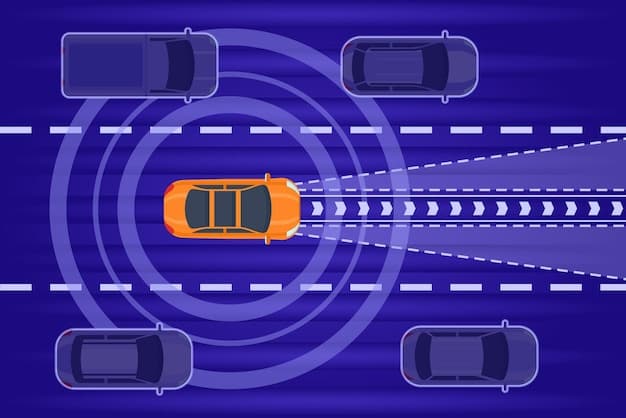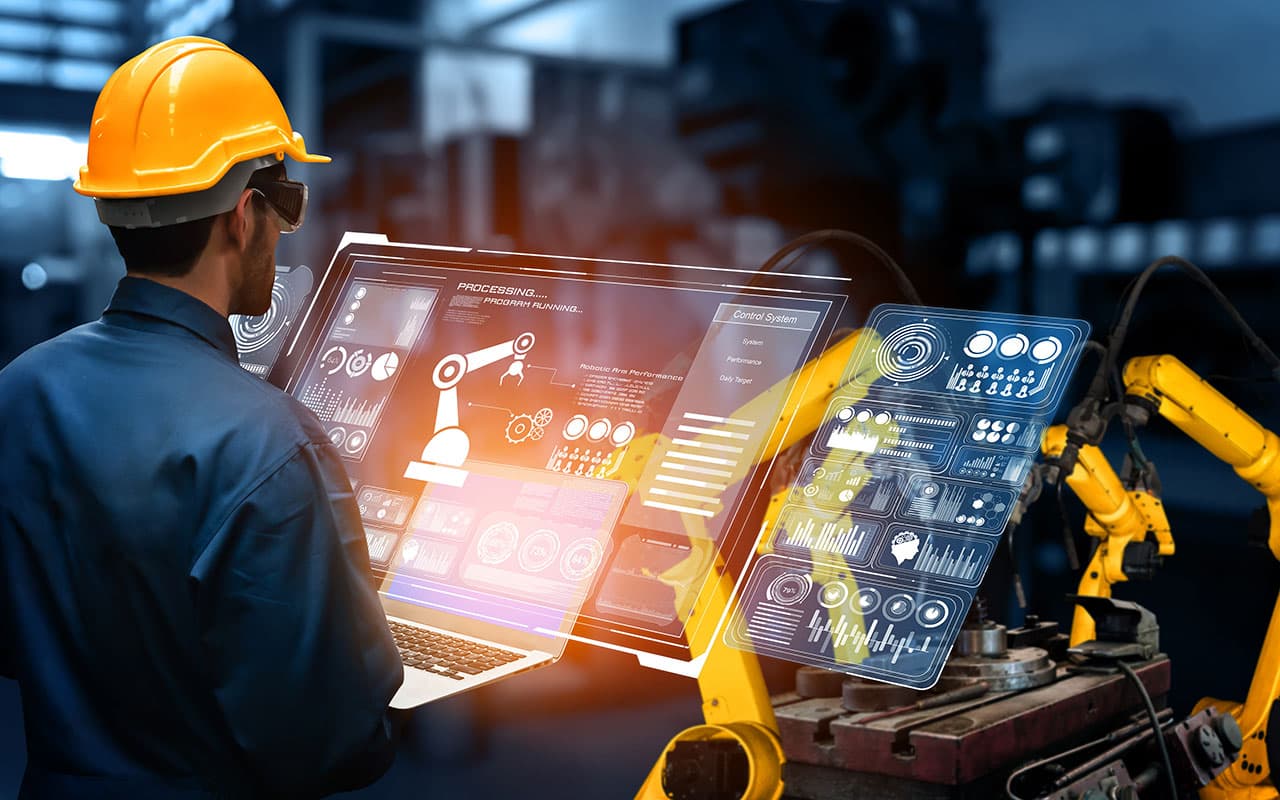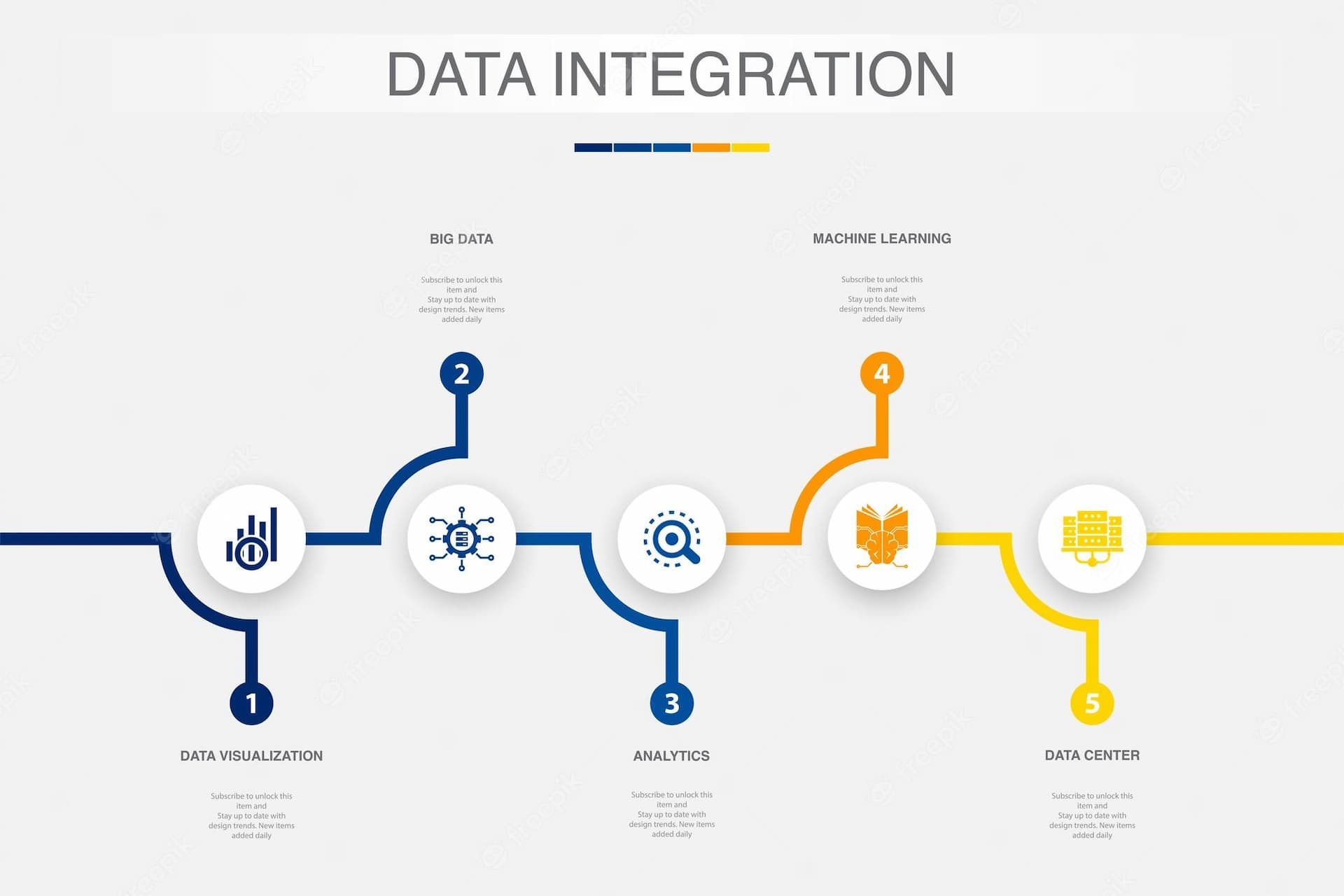
Picture Supply: FreeImages
As autonomous automobiles (AVs) proceed to achieve traction within the
international market, they promise to revolutionize the transportation
business by providing elevated effectivity, security, and sustainability.
Nevertheless, the profitable implementation of AVs faces quite a few
challenges, similar to technological limitations, infrastructure
investments, and regulatory hurdles. This text delves into each the
challenges and alternatives offered by AVs, in addition to the potential
impression on the logistics business.
Challenges in Creating Autonomous Automobiles
Secure and Dependable AV Know-how
One of many main challenges in creating autonomous automobiles is guaranteeing that the expertise is protected and dependable for widespread use. AV expertise continues to be in its early levels, and quite a few points should be addressed earlier than mass adoption can happen. AVs depend on a posh suite of sensors, together with cameras, radar, lidar, and ultrasonic gadgets, to understand their environment. These sensors should precisely detect and observe different automobiles, pedestrians, cyclists, and different objects on the street whereas additionally dealing with completely different climate circumstances and street surfaces.
Furthermore, even essentially the most superior AVs aren't good, and there may be all the time the likelihood {that a} sensor or software program failure might trigger an accident. In consequence, AVs should be geared up with fail-safe techniques that may take over management of the car within the occasion of a failure.
Infrastructure Funding
The widespread adoption of AVs would require important investments in infrastructure to make sure their protected and environment friendly operation. This consists of the development of recent roads and highways designed particularly for AVs, in addition to the set up of recent visitors alerts and different infrastructure that may talk with AVs.
AVs require infrastructure that's particularly designed to accommodate their distinctive capabilities. This funding will contain the development of recent roads and highways that present more room between automobiles, permitting AVs to securely navigate. Moreover, new visitors alerts and different infrastructure that may talk with AVs will must be put in. It will allow AVs to securely maneuver by intersections and different complicated visitors environments, making it important that important investments are made in infrastructure to make sure the longer term success of AVs.
Regulatory Hurdles
Earlier than AVs could be broadly adopted within the logistics business, there are a number of regulatory obstacles that should be overcome. First, regulatory businesses must confirm that AVs are protected for public roads, a course of that could be prolonged and expensive. Second, governments should develop new laws governing using AVs on public roads, masking subjects similar to duty for accidents, privateness, and cybersecurity. Overcoming these obstacles is essential to the profitable integration of AVs into the logistics business.
Alternatives Introduced by Autonomous Automobiles
Regardless of the challenges, the way forward for AVs in logistics is promising. With continued funding and growth, AVs have the potential to remodel the logistics business, making it extra environment friendly, protected, and sustainable.
Higher Effectivity
One of many important benefits of AVs is improved effectivity, as they will cut back the necessity for human drivers. This may result in decrease labor prices, elevated productiveness, and higher gas effectivity. For instance, AVs can be utilized in city areas the place visitors congestion and parking are difficult, in addition to on long-distance journeys the place human drivers may get drained and make errors.
Improved Security
One other important advantage of AVs is elevated security. By eradicating human error, autonomous automobiles can cut back accidents on the street. AVs could be programmed to keep away from harmful driving behaviors, similar to rushing, tailgating, and operating crimson lights. Moreover, AVs could be geared up with sensors that detect and keep away from obstacles, similar to pedestrians, cyclists, and different automobiles, additional enhancing their security capabilities.
Greener Operations
AVs can even improve sustainability by decreasing gas consumption and emissions, particularly within the logistics business. By driving extra effectively than human drivers and incorporating options that enhance gas effectivity, similar to aerodynamic designs and regenerative braking, AVs will help cut back the environmental impression of the logistics business.
Enhanced Buyer Service
Along with these advantages, AVs can even enhance customer support by offering extra dependable and well timed deliveries of products and supplies. This may improve buyer satisfaction and loyalty, in addition to create new enterprise alternatives for the logistics business, similar to the event of recent supply providers and the supply of fleet administration providers.
Sensors and Monitoring Applied sciences for AVs
A wide range of sensing and monitoring applied sciences are employed within the growth of AVs, every with its personal set of benefits and limitations. These embody camera-based techniques, lidar, radar, ultrasonic sensors, infrared sensors, geographic positioning techniques (GPS), and inertial navigation techniques (INS).
Digital camera-Primarily based Techniques
Digital camera-based techniques are cheap gadgets that may cowl lengthy distances and supply wealthy information for picture processing. Nevertheless, these techniques require fixed calibration to account for altering street and climate circumstances, and their picture processing capabilities aren't but as refined because the human mind.
Lidar
Lidar (Gentle Detection and Ranging) is a distant sensing expertise that measures distance by illuminating an object with a laser beam and analyzing the mirrored gentle and its time-of-flight. Whereas Lidar can present correct 3D visualizations of the atmosphere, it has limitations when it comes to protection, vary, and reflectivity points.
Radar
Radar (Radio Detection and Ranging) operates equally to Lidar however makes use of radio waves as a substitute of laser beams. This leads to completely different limitations and benefits, with radar being higher fitted to detecting metallic objects like automobiles however much less efficient at detecting pedestrians and different non-metallic objects.
Ultrasonic Sensors
Ultrasonic sensors use high-frequency sound waves to supply correct short-range information (1-10 meters). These sensors are comparatively low-cost and are sometimes utilized in backup warning techniques and parking help techniques.
Infrared Sensors
Infrared sensors are primarily used for lane marking detection and pedestrian detection, notably at night time. They've restricted protection vary and are greatest fitted to shut distances.
Geographic Positioning Techniques (GPS)
GPS gadgets use alerts from orbiting satellites to triangulate their place as international coordinates, that are then cross-referenced with street community topography to pinpoint a car's place. Nevertheless, GPS errors could be giant, and positioning accuracy could also be compromised in areas with tall buildings or different obstructions.
Inertial Navigation Techniques (INS)
INS are navigation aids that make use of accelerometers, gyroscopes, and a pc to constantly calculate the place, velocity, and orientation of a shifting goal with out the necessity for exterior references. INS could be coupled with GPS to enhance positioning accuracy.
Machine Ethics and Autonomous Automobiles
AVs should be preprogrammed with varied responses to deal with completely different crash eventualities, elevating moral questions on their decision-making processes. For instance, ought to an AV prioritize the protection of its passengers above that of pedestrians or different drivers in an accident state of affairs? Addressing these moral complexities is essential to the event and acceptance of autonomous automobiles.
Cybersecurity Considerations for Autonomous Automobiles
The rising reliance on AV expertise has raised considerations about cybersecurity threats, each when it comes to the operation of AVs themselves and their communication capabilities as linked and/or cooperative automobiles. Guaranteeing the safety of AV techniques and the info they gather is significant to their profitable implementation and widespread adoption.
Legal guidelines, Licensing, and Rules for Autonomous Automobiles
The authorized and regulatory panorama surrounding AVs is complicated and evolving. Key questions associated to legal responsibility, insurance coverage, and jurisdiction should be addressed earlier than AVs could be efficiently built-in into the transportation system. The event of clear, constant legal guidelines and laws governing AVs will probably be crucial to their profitable implementation and adoption.
Conclusion
The way forward for autonomous automobiles holds important promise for the logistics business, with the potential to enhance effectivity, security, and sustainability. Nevertheless, quite a few challenges should be overcome to make sure the profitable implementation and adoption of AV expertise. By addressing these challenges and capitalizing on the alternatives offered, AVs might revolutionize the logistics business and make it extra environment friendly, protected, and sustainable.






















